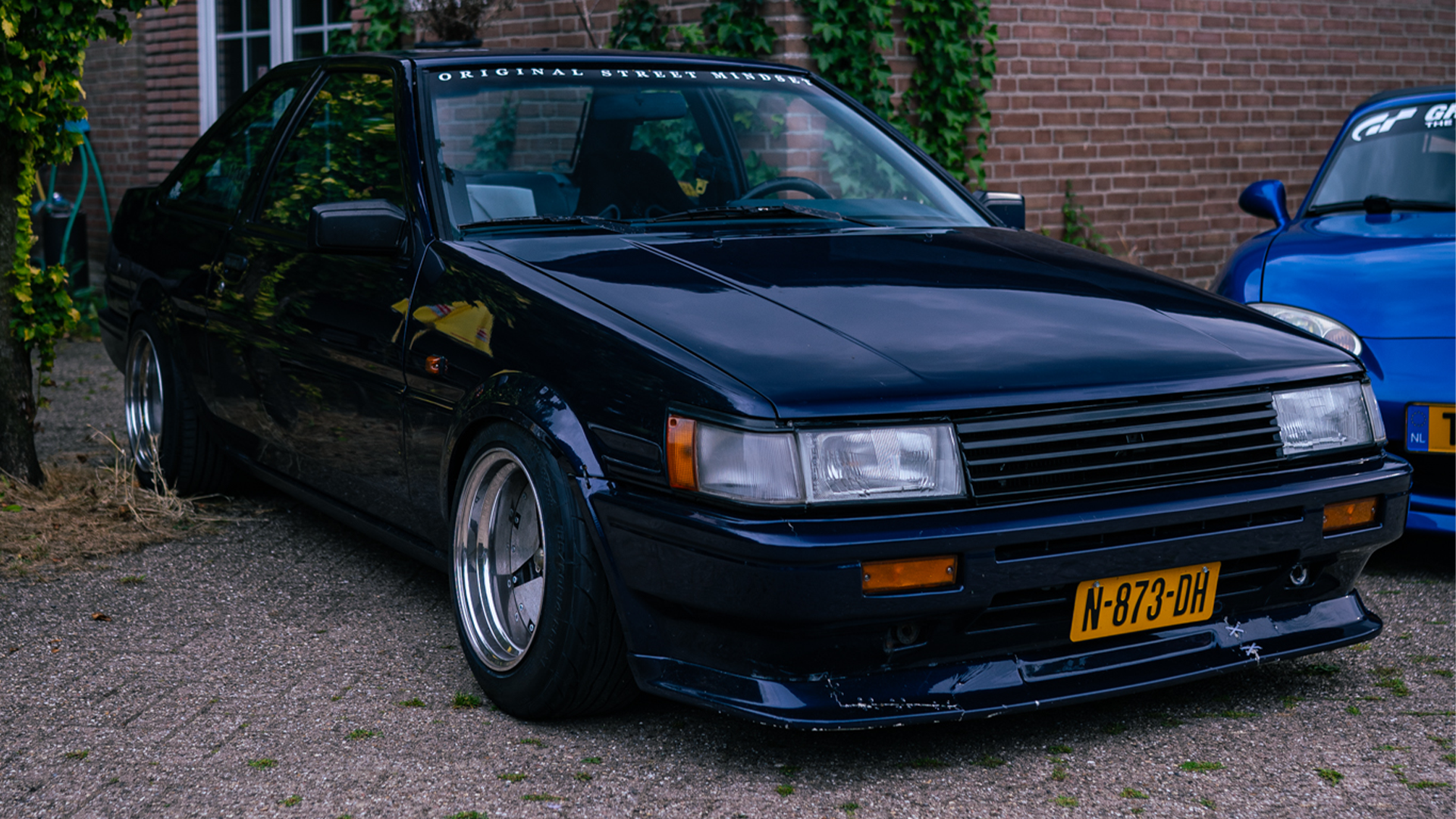
When it comes to upgrading or replacing your wheels, fitment is everything. Getting the right fit ensures your wheels look great and perform properly on your vehicle. If you’re new to the world of wheels, the terminology around fitment can be confusing. Don’t worry! We’re here to help break down the basics of wheel fitment.
Offset refers to the position of the wheel’s mounting surface in relation to its centerline. It’s an important measurement that affects how the wheel sits in your vehicle’s wheel well. There are three types of offset:
The right offset ensures your wheels don’t rub against the suspension or fenders, and they sit evenly within the wheel wells for optimal performance and appearance.
PCD, or Pitch Circle Diameter, is the measurement of the circle formed by the center of each of the wheel bolts or studs. It’s typically expressed as a number followed by a number (e.g., 5×114.3).
When choosing new wheels, it’s essential to make sure that the PCD of the wheels matches your vehicle’s bolt pattern. If the bolt pattern doesn’t match, you can’t mount the wheels, so double-check this before buying.
Backspacing is the distance from the mounting surface to the back edge of the wheel. It’s another measurement that helps determine how far the wheel sits inside or outside the wheel well. Too much backspacing can result in the wheel rubbing against the suspension, while too little backspacing can push the wheel out too far, causing clearance issues with the fenders.
The center bore is the hole in the center of the wheel that fits over the hub of your vehicle. It’s crucial that the center bore of the wheel matches the size of your vehicle’s hub, otherwise, the wheel won’t sit properly, and you may experience vibrations or instability while driving. Or in our case with lips, ensuring that your new freshly made lips fit!
